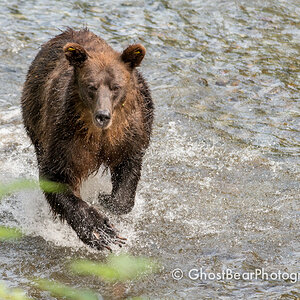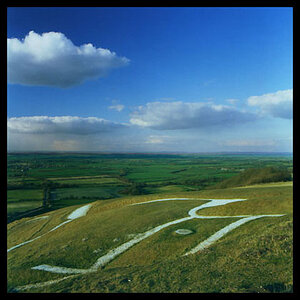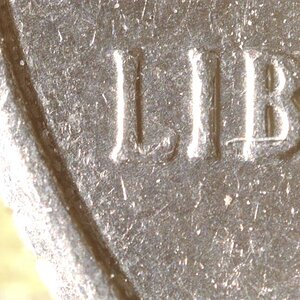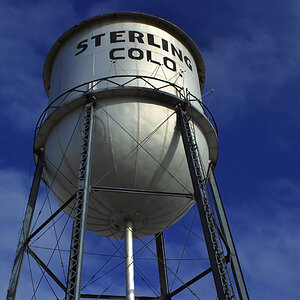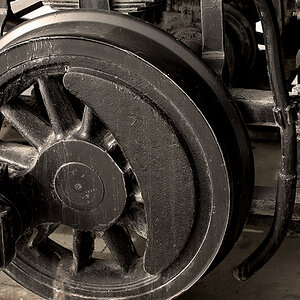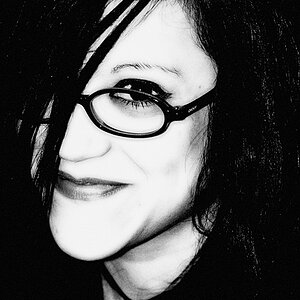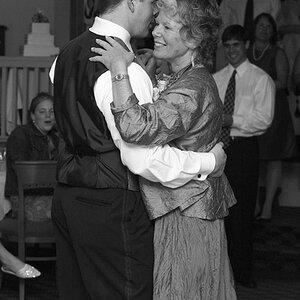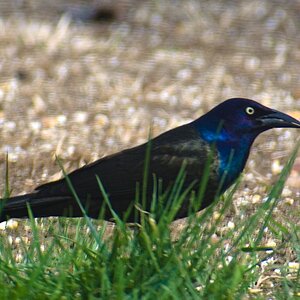Andreal
TPF Noob!
- Joined
- Jun 1, 2007
- Messages
- 60
- Reaction score
- 0
- Can others edit my Photos
- Photos OK to edit
Hi everyone, I am brand new to photography (ie. I just finished reading the manual and that is the extent of my current knowledge). I was interested in getting into photography and a friend of mine suggested the Nikon D80 to start with, after doing a bit of online research and having a look at the camera in some store I decided that it was the one for me. However after a few weeks of owning it and playing with the settings to learn how it works and stuff, I fear I may have broken it!
Now the problem is, the camera seems to be acting as if it has some sort of manual override. It will autofocus when the shutter release is held down half way, but if I then turn the autofocus ring it will manually change the focus. I have made sure that both lens and camera are set to autofocus and I have reset all the settings on the camera but this still happens. I am 90% sure that this camera didnt used to do this, I could autofocus, turn the dial and nothing would happen. Have a broken something, is it easily fixable, or was I wrong and is the camera functioning properly, anyone with a D80 know?
Would really appreciate any help anyone can give, Im going crazy with worry!
Now the problem is, the camera seems to be acting as if it has some sort of manual override. It will autofocus when the shutter release is held down half way, but if I then turn the autofocus ring it will manually change the focus. I have made sure that both lens and camera are set to autofocus and I have reset all the settings on the camera but this still happens. I am 90% sure that this camera didnt used to do this, I could autofocus, turn the dial and nothing would happen. Have a broken something, is it easily fixable, or was I wrong and is the camera functioning properly, anyone with a D80 know?
Would really appreciate any help anyone can give, Im going crazy with worry!



 I agree that when you look through an 18-135mm on a sensor 1.6x smaller than 35mm you get a field of view equivalent to a 28-215mm on a 35mm sensor/film. I disagree that the lens isn't actually an 18-135mm because it is, it just has a different field of view on a smaller sensor. It's a bit like saying that a 50mm lens on your 5D isn't really a 50mm because you see through it as the equivalent of an 85mm on my medium format camera
I agree that when you look through an 18-135mm on a sensor 1.6x smaller than 35mm you get a field of view equivalent to a 28-215mm on a 35mm sensor/film. I disagree that the lens isn't actually an 18-135mm because it is, it just has a different field of view on a smaller sensor. It's a bit like saying that a 50mm lens on your 5D isn't really a 50mm because you see through it as the equivalent of an 85mm on my medium format camera 